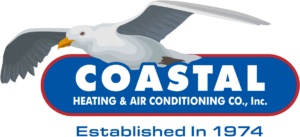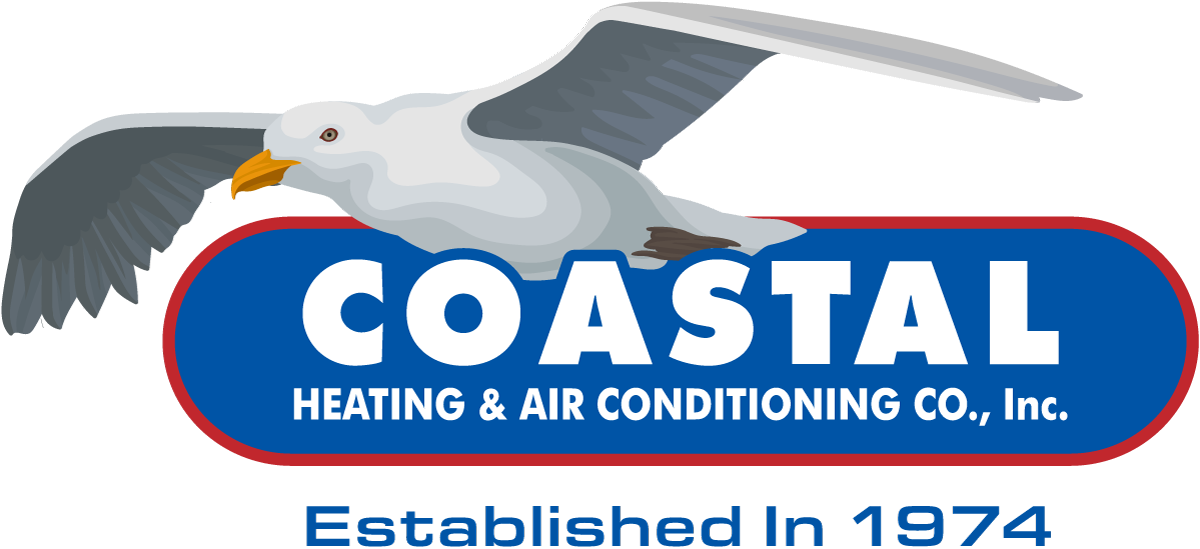Indoor air quality can become a major issue in your Edgewater, MD, home during the winter months. The cold temperatures prevent the opening of windows, and stale air can build up inside your home. Luckily, there are several ways to improve your indoor air quality all year long.
Why is Indoor Air Quality Important?
The EPA estimates that pollutants are two to five times higher inside our homes than they are outside our walls. Volatile Organic Compounds (VOCs) are chemicals that evaporate at room temperature and exist in our most common household supplies and materials. They are virtually unavoidable in modern homes and will build up in our indoor air without proper ventilation.
The effect of VOCs on those with asthma can be dramatic, but they are a problem for even the most healthy people living in your home. Skin problems, coughing and flu-like symptoms are all caused by high concentrations of VOCs, pollen and dust in your air.
Humidity Control
The amount of moisture in your indoor air must balance out to keep the air quality high. Too much and you’re creating a breeding ground for bacteria and viruses in your home. Too little and you’ll find that your family is suffering from dry, itchy skin and your wood furniture is aging prematurely.
Whole-house humidifiers have come a long way from the simple tanks strapped to your parent’s furnace. Modern systems inject steam into your HVAC airways to more efficiently adjust the humidity levels in your home and use sensors to keep the levels precise throughout the year. These systems install easily into your existing furnace system and work best with smart thermostats.
Enhanced Ventilation
The winter months prevent the proper ventilation of your home. The less air moves, the worse the air quality. Equipment now exists to allow stale air to exit your home and move fresh air in without compromising the comfort level in your home.
Carrier® Energy Recovery Ventilators use the heat of your outgoing air to draw treated fresh air into your home. This system allows ventilation with minimal energy loss.
UV Lights
The coils in your furnace system create condensation as an unavoidable part of their main function. A drain pan sits beneath the coils to allow the moisture to evaporate over time, but these pans are rarely dry in the warm season. The moisture on the coils and within the pan is an excellent breeding ground for bacteria, which can then get blown throughout your home.
Positioning UV lights around your coils serves to kill off the bacteria before it can become airborne and harm your family. The installation process involves little to no impact on anything but the bacteria as the lamps sit within your furnace system.
Air Purification
Standard furnace filters are passive devices that can catch most of the larger particulates in your air. Air purifiers are active devices that work inline with your forced-air system.
Air purifiers have active filters that attract particulates such as pollen, bacteria and even smoke onto their surface. Once these materials get caught by the filter, an electrical charge pulses through the filter to burst their cell walls. This process renders the particulates essentially inert, removing their harmful effects on your family’s health.
Call Coastal Heating & Air Conditioning Co., Inc. to improve your indoor air quality. Our knowledgeable service technicians will inspect your home and go over the solutions that best suit your needs.
Image provided by iStock



